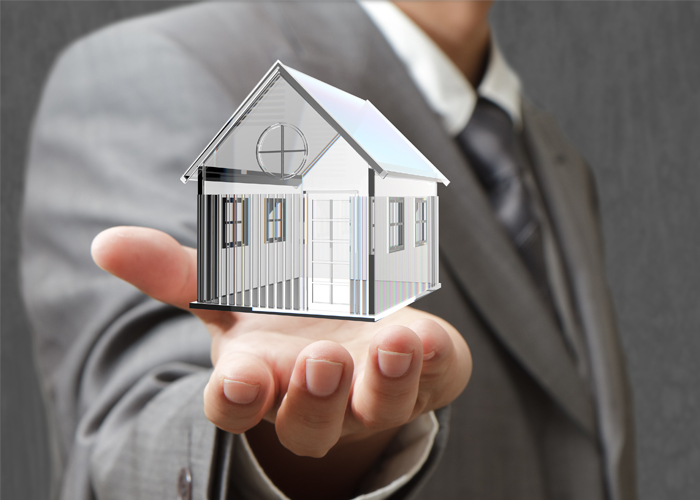Monday, October 6, 2025

The average household feels inflation as rising living costs. Of those, shelter is usually the largest. So, what’s the issue with housing costs and is there any hope for relief?
Nationally, housing inflation has subsided significantly from a few years ago. Home prices and rental rates are even dropping in some markets (dropping a lot in some places). Still, costs remain higher overall, and often much higher than they were before 2020.
This is where things can get confusing. You’ll hear how home prices or apartment rents have stabilized and think all is well. But that just means they’ve stopped rising.
That’s good, but it’s not necessarily better for people. And it’s almost always temporary.
It’s difficult to grasp how fast home prices have accelerated over the last decade relative to broader inflation. Here it is visually using the Case-Shiller U.S. National Home Price Index versus the Consumer Price Index since 2015:

In the five calendar years before COVID struck in 2020, home prices climbed almost 20% more than CPI headline inflation. Granted, CPI wasn’t rising much in that time frame, but home prices were certainly rising.
Then notice the steep upward slope starting just before 2021. That’s when the Federal Reserve’s aggressive pandemic interventions produced mortgage rates of less than 3%. The same thing happened somewhat less aggressively before 2020 and likely explains the price increase too.
The takeaway here is artificially low interest rates produce artificially high asset prices, whether we’re talking about stocks, homes, or anything else. It’s also a reason why the home price index briefly declined when the Fed hiked interest rates in 2022.
